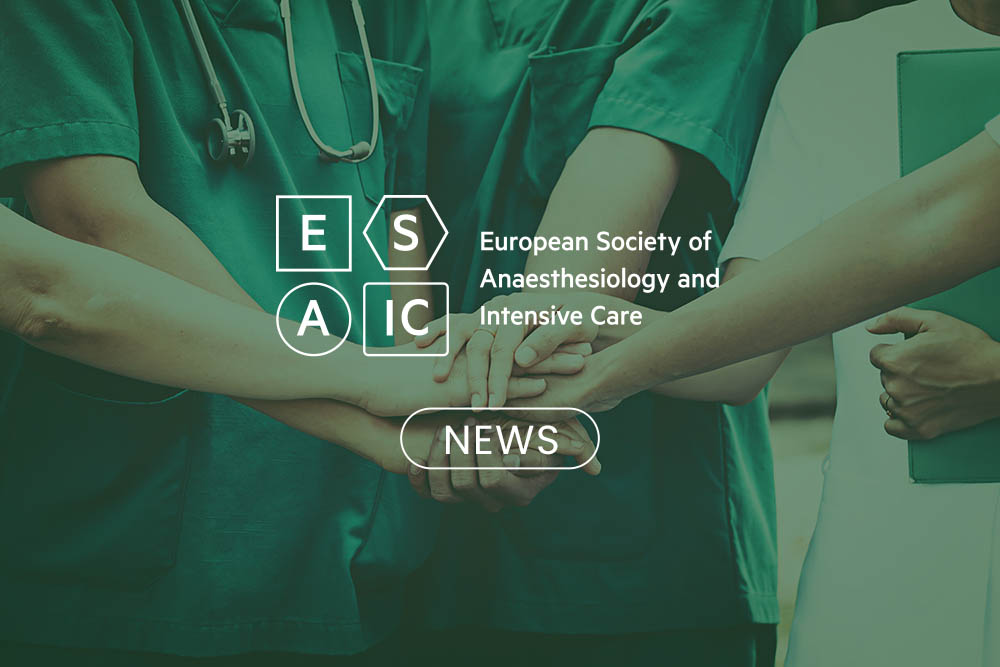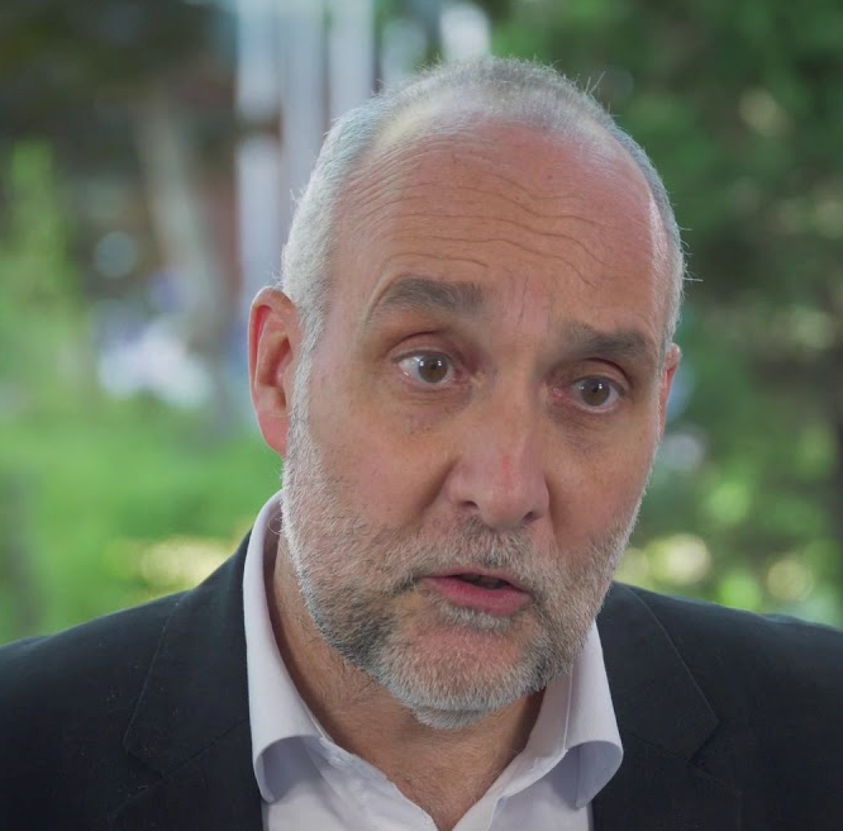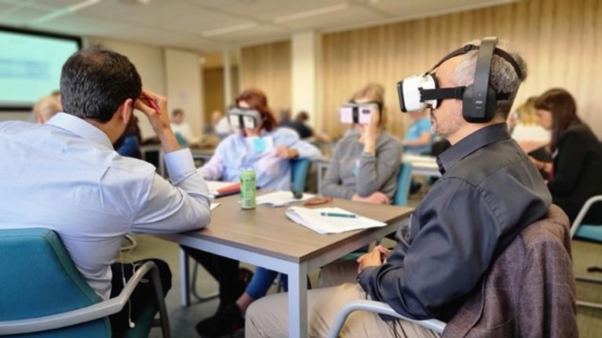Newsletter 2023
Listen to your patient and be transparent
Author:
Jannicke Mellin-Olsen
It is no coincidence that the first stakeholder mentioned in the Heads of Agreement of the Helsinki Declaration on Patient Safety in Anaesthesiology (1) is patients:
“Patients have a right to expect to be safe and protected from harm during their medical care and anaesthesiology has a key role to play improving patient safety perioperatively…..
…Patients have an important role to play in their safe care which they should be educated about and given opportunities to provide feedback to further improve the process for others.”
These passages were not included to be polite or kind or in vogue. The contribution of patients is essential for us to tailor the safest and best treatment and care for that individual. After all, patients and relatives have insight and knowledge about themselves and their situation that healthcare personnel do not have.
This is not new knowledge: The Canadian physician Sir William Osler (1849 – 1919) has been said to teach his students: “Listen to your patient; he is telling you the diagnosis.” Arne Garborg, a Norwegian author who lived at the same time, wrote: “A sick man knows much of which a healthy man has no clue.” Those of us who have been in the patients’ or relatives’ role might recognise the dilemma of being a “good” patient or speaking up when you see that something is not right, yet risk that your doctors dislike your engagement and that might interfere with the quality of your treatment.
This dilemma is not only theoretical. Anyone dealing with patients for a long time will remember the “difficult” patient who would have received better quality treatment had they been “nicer”. Not all of us are good listeners. Not all of us are good at showing empathy. But in these cases, we can get all the information we need to treat the patient optimally by demonstrating that we care about this particular person and want to do the best for him/her.
Many patients and relatives have experienced that after a medical error, healthcare providers and leaders try to cover up the truth to protect themselves from blame, are ashamed that something went wrong, or want to avoid lawsuits. But this practice only adds to the suffering of the victims and does not bring safe medicine forward.
One example is what happened to Dale Ann Micalizzi, when her 11-year-old son Justin was anaesthetised to incise an infected ankle in 2011. (2) She never saw her son alive again, and nobody was willing to explain what had happened, although the family sought advice from lawyers and other doctors. Almost ten years later, she received a call from another physician from that hospital, telling her that the involved anaesthesiologist could not live with the secret anymore, knowing how she was fighting to find the truth.
Justin had been a victim of a medication error and received a significant overdose of phenylephrine, leading to cardiac arrest and pulmonary haemorrhage. Her letter to the physicians is strongly recommended reading: Mom’s Letter to Hospital Where Son Died — Share with Attorneys — Sorry Works! …and she also mentions her role: “Although this physician informant’s information was troubling, it was also healing. You see, parents blame themselves when something happens to their child. It was our duty to keep him safe. »
Telling the truth is helpful for healthcare personnel, as illustrated in this case.
“Open disclosure” has four elements:
- An apology or expression of regret (including the word ‘sorry’).
- A factual explanation of what happened.
- An opportunity for the patient to relate their experience.
- An explanation of the steps to manage the event and prevent recurrence.
But in the case of Justin Micalizzi and many other patients in many countries, healthcare professionals and hospitals believe that they risk more lawsuits if they are honest, and their lawyers advise them to hide the truth. The MedStar Health Organization in the USA introduced their CANDOR programme in all facilities in 2015. This resolution programme is initiated when a serious patient harm event is reported. (3)
This includes an immediate investigation at the local care site, initiating a discussion with the patient safety and local care team, early communication to the patient and family, and activation of the health system’s critical incident response process, including care for the care teams and notification of leadership and claims and risk management. Seven strategies support the resolution process:
- Provide immediate support to patients and families,
- Hold and waive bills,
- Activate event review processes early to inform resolution,
- Embrace a paradigm shift in legally defensible cases,
- Develop a communication and resolution program for the legal community,
- Accept sacrifices with a principled resolution, and
- Commit to addressing challenges with open medical staff.
One might think that this would lead to an enormous amount of court cases, but that is not the case.
The team analysed the effects of introducing CANDOR and found(4):
Patient safety:
- 12% increase in event reporting
- 27-fold increase in event reviews
- 74% reduction of serious safety events
Medical liability:
- 55% decrease in total medical liability costs
- 42% decrease in claims
- 47% decrease in lawsuits
-….hence, this approach should really be a no-brainer.
A previous edition of the Australian Open Disclosure Framework(5) provided some good advice for such situations:
- Imagine the last time something went really, really wrong.
- Imagine that it concerned your wife, child, mother, father instead.
- Imagine the conversation you would have wanted to have with the doctor, the team, and the management.
At the 10th anniversary of the Helsinki Declaration on Patient Safety in Anaesthesiology, the EJA published a themed edition where you can read about other aspects of patients’ role in healthcare.(6)
The only way to reduce and eventually eliminate preventable patient harm in hospitals is for all stakeholders to join forces, as is done in the Patient Safety Movement Foundation (www.pfsmf.org), where ESAIC has been a partner for years. Much more on what we can do together is to be seen on their website, and there are several useful videos here: (169) Patient Safety Movement – YouTube
The reason to involve patients and relatives is not to be “nice” and “polite. We should and must do better if we want to reduce preventable harm, to provide better treatment and develop better healthcare policies. Our patients deserve that. So do we.
References
- Mellin-Olsen J, Staender S, Whitaker DK, et al. The Helsinki Declaration on Patient Safety in Anaesthesiology. Eur J Anaesthesiol. 2010 Jul;27(7):592-7.
- Justin Micalizzi – Psmf.org Accessed on: July 22nd, 2023.
- Improving Patient Safety MedStar Research Team Highlights the Work of the CANDOR Program (medstarhealth.org) Accessed on: July 22nd, 2023.
- Lambert BL, Centomani NM, Smith KM, et al. The “Seven Pillars” Response to Patient Safety Incidents: Effects on Medical Liability Processes and Outcomes. Health Serv Res. 2016 Dec;51 Suppl 32491-2515.
- Smith KM, Smith LL, (Jack) Gentry JC, et al. Lessons learned from implementing a principled approach to resolution following patient harm. Journal of Patient Safety and Risk Management. 2019;24(2):83-89.
- Preckel B, Staender S, Arnal D, et al. Ten years of the Helsinki Declaration on patient safety in anaesthesiology: An expert opinion on peri-operative safety aspects. Eur J Anaesthesiol. 2020 Jul;37(7):521-610.










